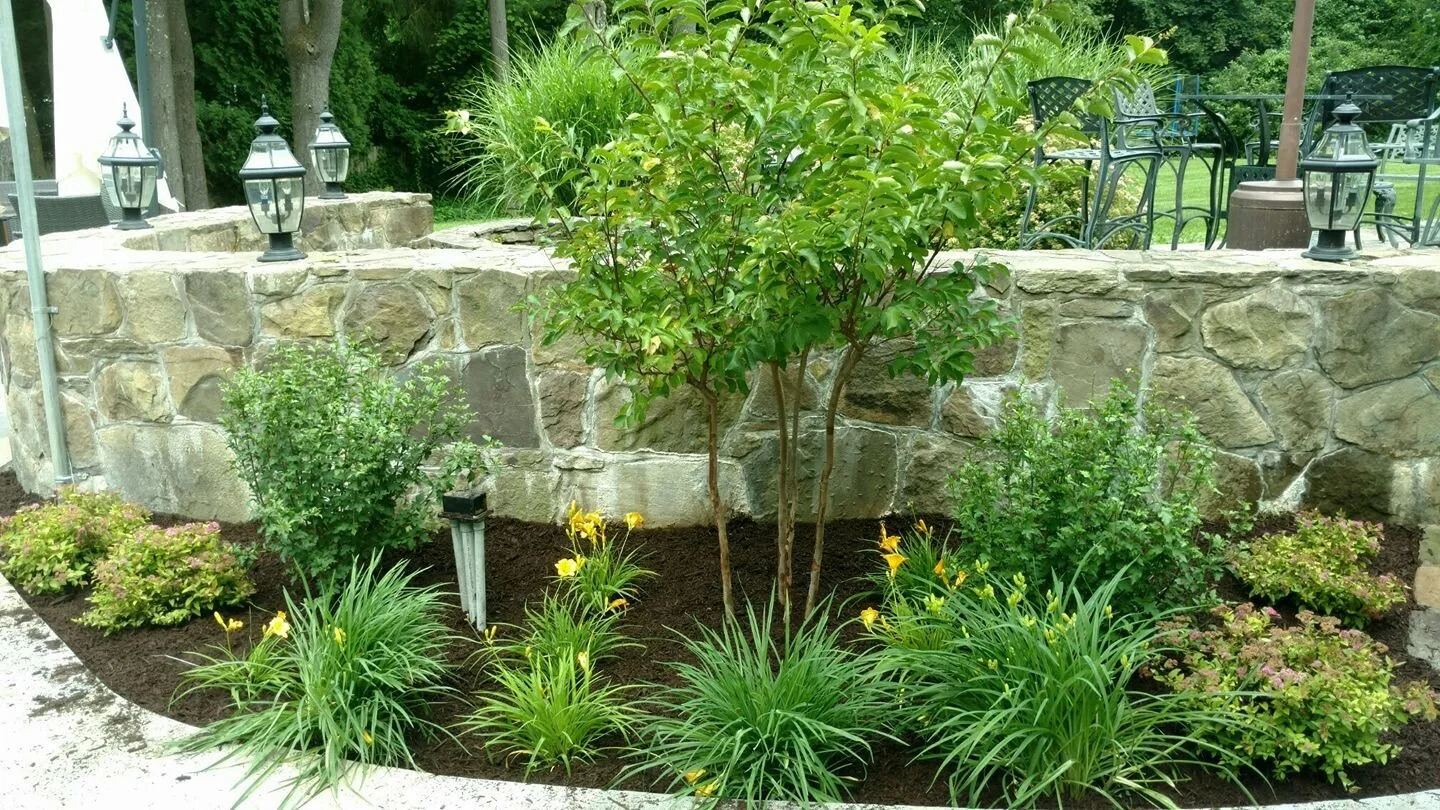With the first spring flowers starting to peek out from the still-brown landscape, your clients may be feeling anxious to get going on spring landscaping projects. While it’s too early to be undertaking any massive planting projects this early in the season, your clients may be wondering, is now the right time for lawn irrigation in Briarcliff Manor and Peekskill, NY?
Related: HOW NEGLECTING LAWN MAINTENANCE CAN RUIN YOUR SPRING LANDSCAPING EXPERIENCE IN YORKTOWN NY
Should You Irrigate Your Lawn Now?
The answer is: maybe.
In years that have seen heavy snowfall throughout the winter, spring irrigation is not necessary as long as spring rains continue to add moisture to the soil. In drought years, supplemental watering will be necessary to support new growth, unless spring delivers plenty of rainfall.
Another factor is soil type. Sandy soils are fast-draining and don’t hold moisture. Clay soils can become waterlogged, but then quickly dry into hard bricks when dry (which also prevents water from soaking in - this is the reason for flash floods). As long as there is regular precipitation, both types of soil should not need supplemental watering. Sandy soils will have enough moisture replenishment, and clay soils will be kept moist enough to continually absorb water.
Also, consider the maturity of the grass. Newly seeded or newly sodded lawns must be kept moist to encourage deep root growth. Mature, established grass may or may not require supplemental watering.
The third and main factor is grass type. Most homeowners don’t have any idea what species of grass they have; and whether their lawn is primarily sun, shade, or a mix of sun exposure.
Warm-Season Grasses
Bahia grass is able to withstand longer periods of drought.
Bermuda grass is cold-sensitive yet can stand up to heavy foot traffic, and needs supplemental watering especially when planted in sandy soils.
Cold-Season Grasses
Kentucky Bluegrass is a cool season grass, but it does not do well in temperature extremes. It requires a fair amount of watering (as well as fertilization) to keep its root systems robust.
Tall Fescue is about as heat- and drought-tolerant as a cool-season grass can be, but spreads slowly and tends to have bare patches.
Perennial Ryegrass struggles in temperature extremes, spreads slowly, can’t fill in bare spots on its own, and requires supplemental watering to boost growth.
Creeping Fescue prefers shade. This slow-growing grass requires very little watering and although it tends to lose color in drought, it is drought-tolerant.
Choices, Choices
One of the most important choices that a homeowner is going to make is whether to consistently water their lawns during the heat of summer, or allow the grass to go dormant. This has to be decided right now, in early spring; watering in spring, and then stopping to allow the grass to go dormant, is the most common approach. But deciding to start watering once the grass goes brown will cause it to go out of dormancy, which can stress the grass and deplete its reserves.
Professional Irrigation Systems
The best answer you can give your clients is that while lawn irrigation is dependent on the weather, soil type, and grass species, they can have complete peace of mind by having you install a professional irrigation system. The combination of irrigation zones, smart technology, sensor technology, and attractive (i.e. unobtrusive) sprinkler heads means a significant reduction in labor - and worry. They can pre-set the system to give precisely the right amount of supplemental water to all or some areas of the lawn, and prevent over-or under-watering.


